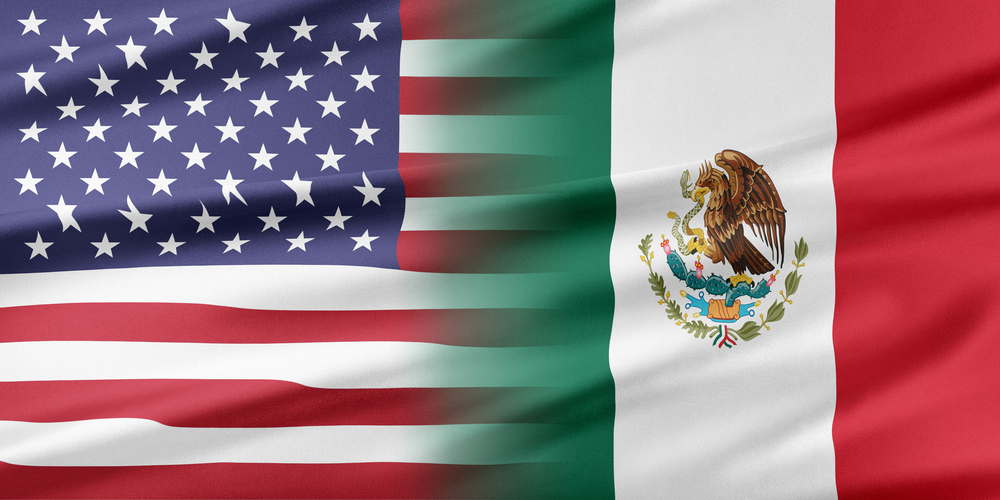According to recent analysis by the Keystone Group many companies offshoring don't get the cost savings they want. The survey indicates that most companies choose to offshore due to the lower cost of labor abroad and proximity to key markets, but unexpected costs like workforce, transportation and raw materials can hamper to financial advantages to this outsourcing alternative.
Both the Keystone Group's article and a recent post by John Westerveld, demo architect at Kinaxis, address offshoring advantages, challenges, and solutions, a few of which point to nearshoring as an advantageous alternative to manufacturing overseas.
Cost factors
Westerveld first discusses the longer lead times that can occur from offshoring. When manufacturing in China, for example, lead times can be upwards of one month. Transporting costs from these locations can be expensive as well. The Keystone Group's report, however, indicates that choosing that capitalizing on proximity to the market can solve a multitude of the cost problems associated with offshoring, like cutting down on expenses due to time, minimizing logistics problems and solving management problems. Manufacturing in Mexico is a great low cost manufacturing strategy that can increase speed to market, streamline the supply chain and eliminate many offshoring costs.
Communication
Several communication issues are addressed in both the Kinaxis and IndustryWeek Keystone Group articles. Language barriers prove to be one problem, making management in manufacturing plants more difficult than they would be at home. Many companies manufacturing in Mexico experience far fewer communication problems, however, as many of the workers there speak both Spanish and English.
Business done overseas often has to be done outside of normal business hours due to time differences, making it more difficult to respond to workplace conflict or supply chain discrepancies. Manufacturers in Mexico are able to avoid these issues as well thanks to more shared time zones. Travel time to in-person meetings is also expedited, making the management process smoother and more efficient.
The Keystone Group's report suggests dedicating enough company resources to familiarizing themselves with the local culture to help bridge any remaining communication gaps there may be in the offshoring process. Not only will this mitigate the effects of language barriers, but it will also help manufacturers in Mexico form a more cohesive company.
Loss of control
A final offshoring obstacle addressed is the loss of control that can occur when moving manufacturing abroad. Though this is more pronounced when outsourcing entirely, some loss of oversight, control and intellectual property can occur even when working with an offshore shelter.
According to the Keystone Group, making a comprehensive contingency plan is a great first step toward alleviating these problems. Working with a shelter like the Offshore Group can help manufacturers do this by eliminating extraneous administrative tasks such as human resource management, payroll and government affairs. This allows management to focus solely on the manufacturing itself in areas like engineering, production, supply chain and customer service.
The report suggests investing time up front in creating this plan, starting with taking the extra time to understand the entire supply chain, the local business culture and all the potential problems that could accompany them. Prioritizing and communicating responses to these issues can help immensely in terms of maintaining company-wide control over the entire process. The more unpredictable nature of the offshore supply chains in addressed as well - by making location-specific adjustments to operations and inventory plans, however, companies manufacturing in Mexico can make offshoring an efficient and low cost process.
Ultimately, it's possible for companies to benefit from low cost labor and proximity to market by offshoring in Mexico. With a little preparation, manufacturers can have the best of both worlds.
Subscribe
Sign up and stay informed with tips, updates, and best practices for manufacturing in Mexico.


.jpg)

.jpg)
